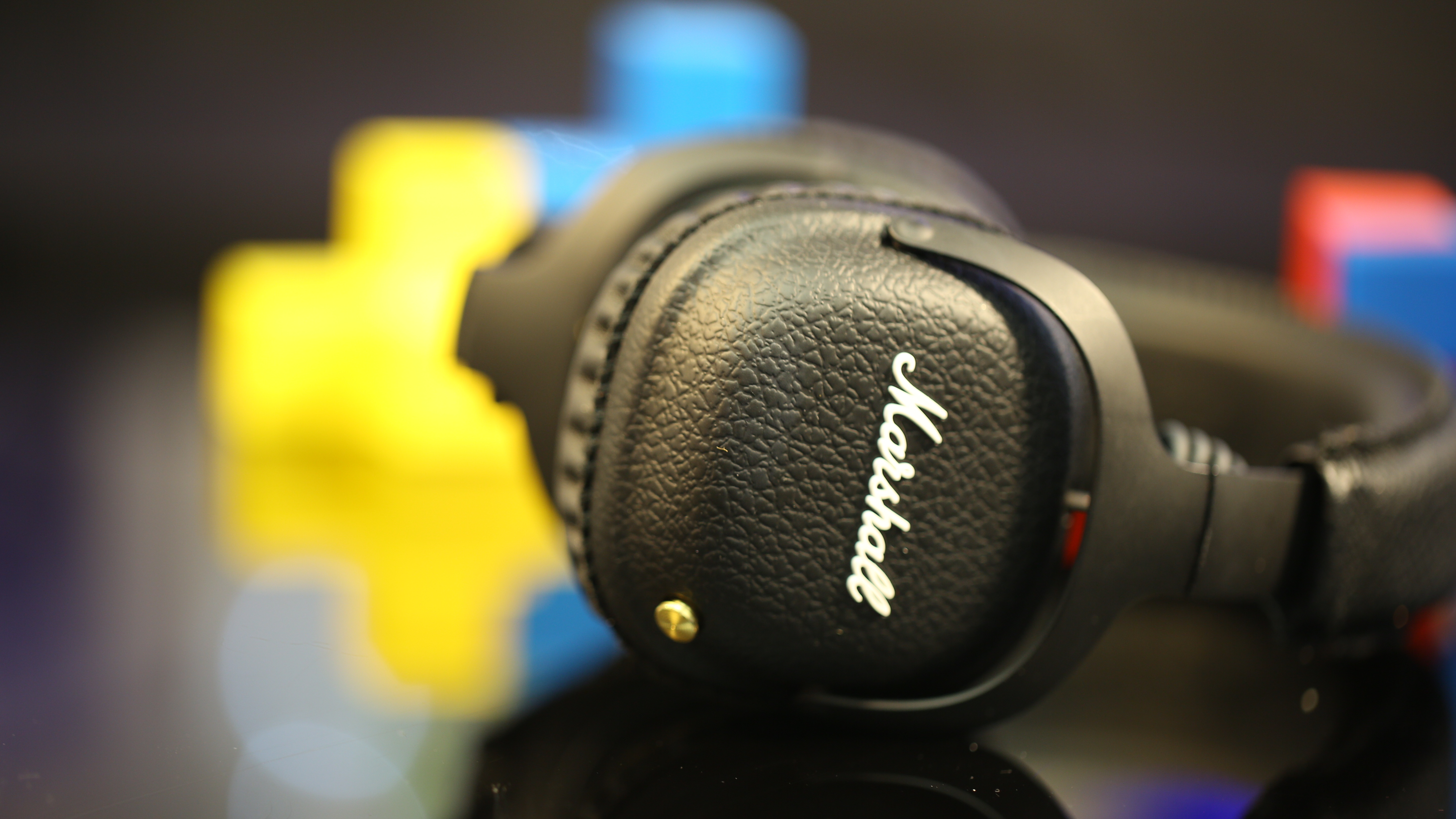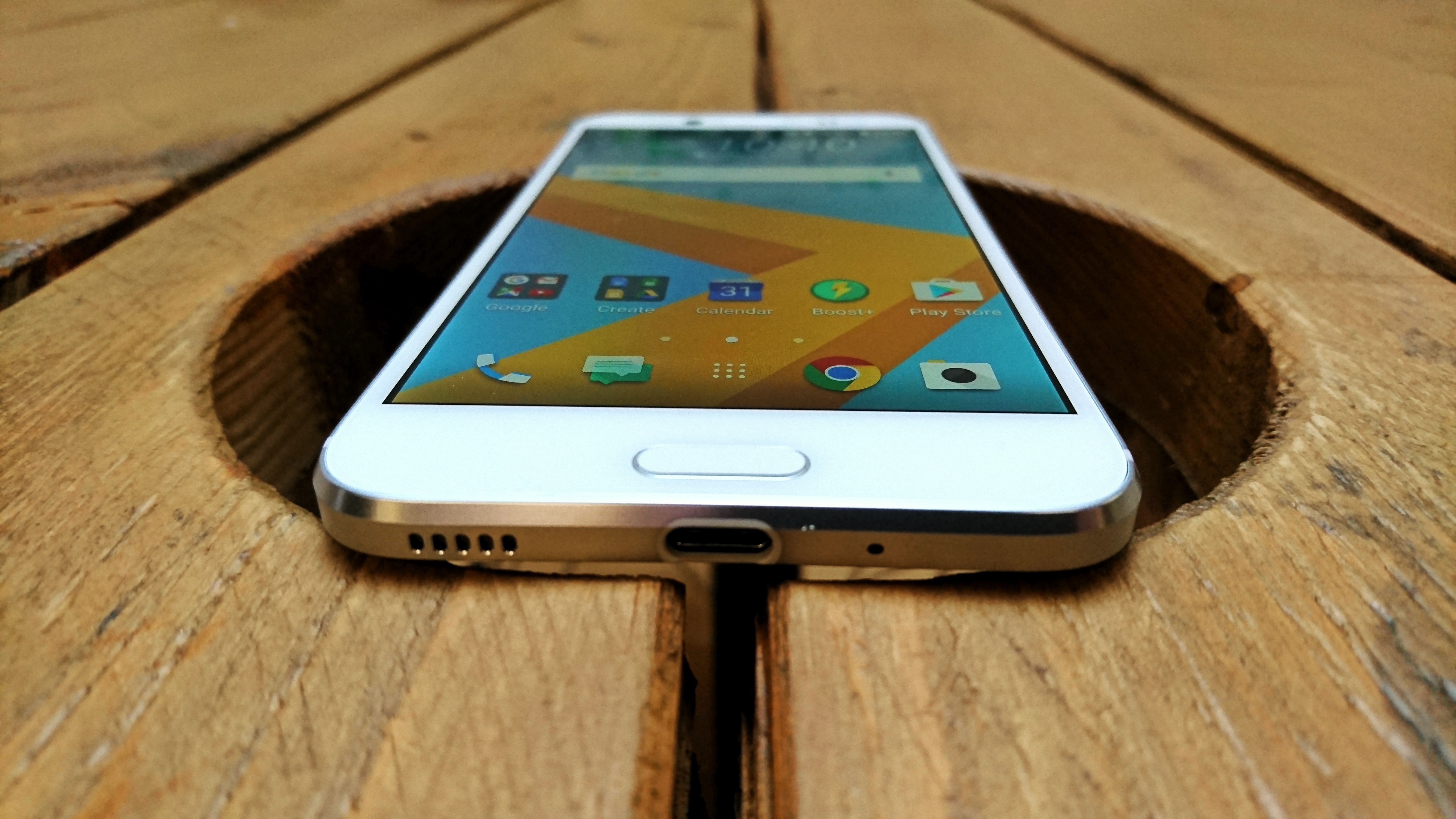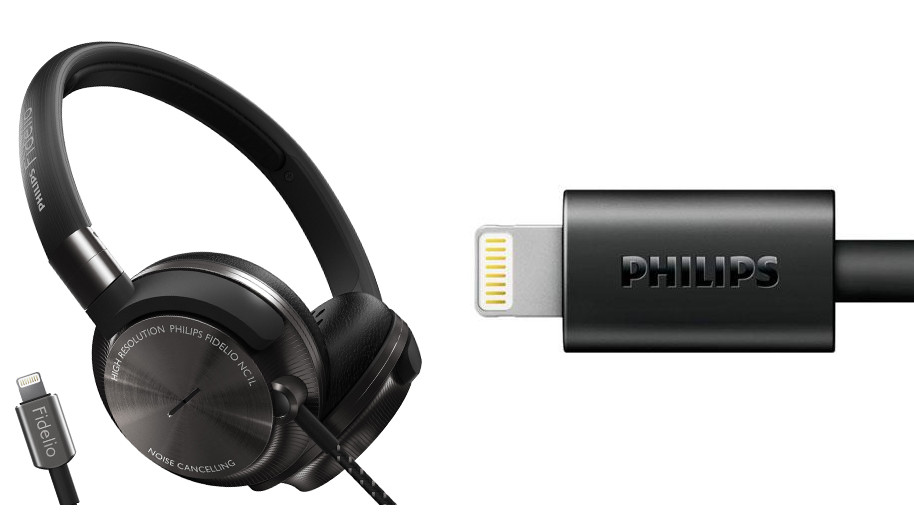How USB-C could kill the headphone jack
2017: the beginning of the end for your favorite headphones

2016 will be a year remembered for far too many things more important than changes in the tech world - but still, the loss of the 3.5mm headphone jack on smartphones is something that’s going to see massive changes for the way we consume audio.
Let’s not forget that the 3.5mm jack has been around for a rather long time. The larger quarter-inch version (the one you might use to plug in an electric guitar, or to connect up stereo components such as including high-end headphones) dates back to 1878, when it was used in telephone exchanges.
Sony put a smaller 3.5mm connector on a radio in 1964, and the Walkman cemented its popularity for portable electronics.
In every smartphone going, the headphone socket was universal and ubiquitous, but it has its disadvantages, and this year big brands like HTC, Motorola and most notably Apple have launched phones ditching the archaic port.
Why drop the headphone jack?
We’ve heard about how ‘courageous’ Apple was in dropping the headphone jack, but why are Android phone manufacturers doing the same thing? Well, now that USB Type-C (USB-C) connections are appearing on phones, the headphone jack is the thickest port you have to fit into a phone design.
“To a large degree, [USB-C] constrains the form factor [of devices],” explains Brad Saunders, the chairman of the USB Implementers Forum (USB-IF), a non-profit organisation formed by companies involved in the creation of USB.
“Because now it's the thickest connector on the device, it's the deepest connector, and to some degree it's even the widest connector, [as] because it's an analog port that you need to put space around, because you can't have it interfering with other things.
Get daily insight, inspiration and deals in your inbox
Sign up for breaking news, reviews, opinion, top tech deals, and more.
”Get rid of the headphone jack, and your phone could be a millimetre thinner."
(That might not sound like much, but it’s a marketer’s dream to lose that much width in the cut-throat world of smartphone sales.)
The headphone jack is also surprisingly fragile. When you push a headphone connector in, the tip, the ring and the sleeve all have to make contact with the right parts of the socket; it’s the way your phone knows the headphones are connected, so it can switch audio from the speaker to the headphones.
That’s how some devices without speakers automatically pause the audio when you pull your headphones out – there’s no point wasting battery if you can’t hear the music. If you follow trends in smartphone design, moving parts are kept to a minimum - fewer mobile elements means less chance of something breaking.
The same applies to the headphone jack: after having headphones pushed in and pulled out hundreds of times the connectors can become damaged, leaving your device convinced that the headphones are always in – or that they’re never connected, in which case you won’t hear anything.
Plus, the port is one more way for water to get into your phone and fry it - HTC and Apple both released waterproof phones that dropped the headphone jack, as fewer places for water to get inside the phone means it's cheaper to make it water-resistant.
Out with the old
Assuming there’s not some huge backlash from consumers, it’s fair to assume that the headphone jack is going to diminish in importance in smartphone design in the future.
So if there's a lot of interest in getting rid of the headphone connector, what technology will be used instead in Android phones?
Saunders told TechRadar: “One way of getting rid of it is to have digital audio, USB Audio, and the USB Type-C connector”.
USB Audio isn’t new; any time you plug a VoIP headset or USB speakers into your PC, you’re using USB Audio. Android has supported USB Audio since the rollout of Lollipop in 2014 - and Samsung is rumored to be using the system to replace the headphone jack in the Galaxy S8.
“We have USB Audio, it already works,” Saunders points out. “The headphones I use at my desk plug into my USB port and they're Skype-compatible – we're all used to using Skype headsets with our desktop and notebook PCs, but that's about as far as it goes.

“We don't use them on phones, we don't use them on simpler devices like iPods and the like. The problem is that USB Audio hasn't been adopted as broadly across the [operating systems] and platforms like phones. The biggest OS vendor in the world doesn't support the latest version of our spec and it's a 10-year-old spec.
”USB Audio has some distinct advantages. It doesn’t just send the audio; it also sends information about the capability of the headphones or speakers, the volume to play the audio at and so on.
The USB port can power the Digital to Audio Converter you need to turn the audio signal into sound, and it can do that further away from components inside the device that might cause interference and degrade the audio quality.
That’s not new either; it’s the way Bluetooth headphones work, only USB Type-C headphones won’t need batteries. The power could also drive active noise cancellation without you needing to put batteries in your headphones.
An imperfect system
But USB-C audio has also had some drawbacks, which the USB-IF has been working to fix. The organisation published its USB Audio Device Class 3.0 Specification in September, which laid out a defined standard for pumping audio out over the USB-C connection.
“What we've done is we've tried to work out what the shortcomings were and we've embraced all the major OS vendors, a lot of audio silicon suppliers and the OEMs in an effort to bring the 10-year-old USB audio spec up to contemporary standards,” Saunders told us, prior to the specification’s publication.
That includes reducing the amount of power needed to run USB audio, and adding support for ‘hotwords’ like "Okay Google" and "Hey Cortana", so that your headset can tell when you want to give your phone commands and wake it up.
But the main thing is to make USB Audio easier to build into phones and easier to use. “Critically, we want to make it easier to use from a design perspective,” Saunders told us.
“What we're trying to do is make it so you can take any Type-C headset and plug it into the adaptor, and even the dumbest source can know how to use that headset.

“We’re simplifying the enumeration process and configuration process. We're updating the audio elements as well, but the key is the simplification and getting all the right suppliers in the same room so they own the solution and don't run away from it.”
What Saunders is hoping is that USB Audio over a Type-C connector becomes the standard way to plug in anything that needs digital audio: audio headsets, docking stations, gaming setups, VR headsets as well as headphones.
Given most Android manufacturers are likely to adopt the USB-C standard in 2017’s flagship phones, it’ll be interesting to see how many decide it’s time to drop the headphone jack as well.
That’s a convenience to trade against the fact that you’ll likely have to use an adapter if you want to charge your phone at the same time as listening to music or making a call on a headset.
Whether or not USB-C is the dominant format for delivering audio from your phone, given manufacturers are keen to cut costs and girth of their phones, you should probably start making peace with the fact you’ll either need an adaptor to use your favorite pair of headphones, or bite the bullet and join the wireless revolution.